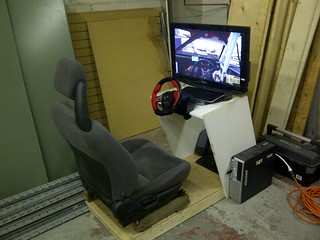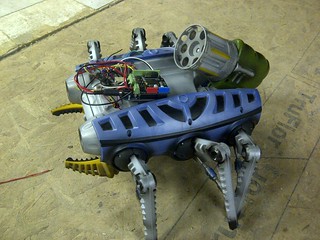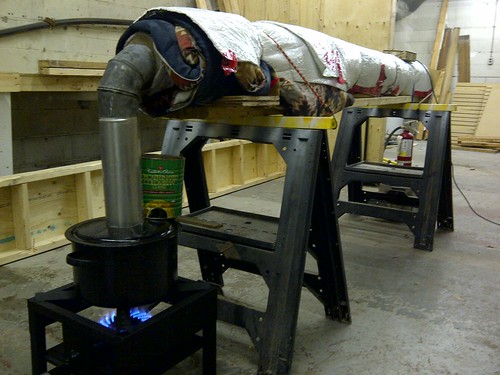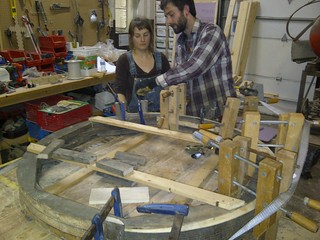The first project I started when I joined Diyode was to make a few cutting boards for weddings. After a trial one to figure out the process, I set about making two identical boards.
First thing was to head down to A & M Wood Specialty in Cambridge to pick up some Rock Maple, Cherry and Walnut for the project.

Milling the rough lumber is so satisfying. A few passes on the planer to bring the boards down to 1 3/4″ in thickness and a few passes over the jointer to get the sides clean and squared up.

Next was to cut out the pieces for the glue ups. I had made a pattern that required two planks – one 3/4″ thick by 19 3/4″ and one 1 3/4″ by 10″.

You I have them laid out here. Making two boards meant two of the 3/4″ panels and one 1 3/4″ panel (it was over 20″ so I could get enough for both boards out of it).

I marked each piece with its order and orientation. I didn’t want to get mixed up over the multiple times I came into Diyode to do my glue ups.

Here is the glue up for the panels. Hardwood cauls to keep it even while the 4 bar clamps did the bulk of the clamping work here. As this was going to be a cutting board it is important to use glue that is good indirect food contact. I used Titebond III.


Next, I took all three panels back through the planer to clean up the top and bottom so they would be ready for the next glue ups.

The final board will be 2″ thick so I needed to crosscut all the panels down to 2″ strips to get ready for the second glue up. The thicker panel all sliced up and divided to make the two boards. I wanted to keep the grain pattern consistent through the final board, so I marked the slices again so I could keep them in order and orientation.


Here is the first look at the pattern of the final board laid out ready for glue. All the 2″ slices I made in the last round of cuts are turned on end to expose the end grain and give a consistent thickness. The pattern is made by alternating and flipping between one 1 3/4 slice and two 3/4 slices. (The burnout from the table saw is somewhat unavoidable, but with skill and experience it can certainly be improved)


Coming out of the clamps. Now it is time for the most time consuming step: sanding. So very much sanding.




So very much sanding. Here is a comparison between a completed side and one that hasn’t been started.

The natural colours start to come out more once the sanding got up to 220 grit. You don’t really want to go more than that because the board is going to be used actively with knives, so it isn’t really worth the effort.

After I was satisfied with the sanding job, I took it to the router table. I did a 1/4″ round over on the top edge, an 1/8″ round over on the bottom as well as routed out finger holds on the short edges that were about 1″ tall, and 4″ long. I also made use of one the coolest tools at Diyode – the laser CNC – to engrave the names of the bride and groom into the side of the board.


It was time to finish the board. With the end grain exposed, it will be a thirsty board, so I saturated it in 4 coats of mineral oil (food safe). For the final finish, I made some ‘bee butter’ by heating mineral oil in a double boiler and melted about a 1:6 ratio of beeswax into it. I made enough to give some to the couple for whenever the board needs a bit of moisture.











































